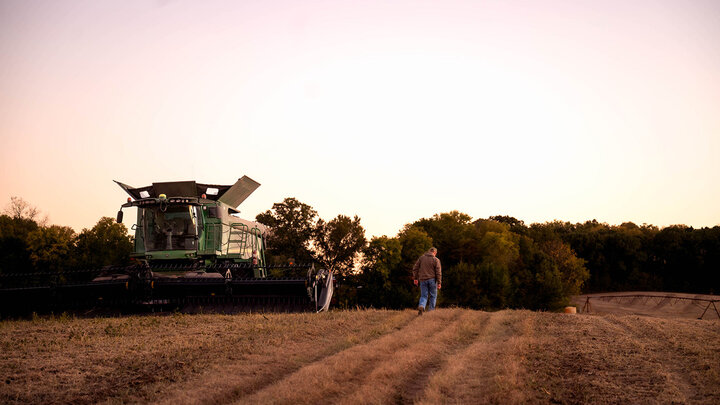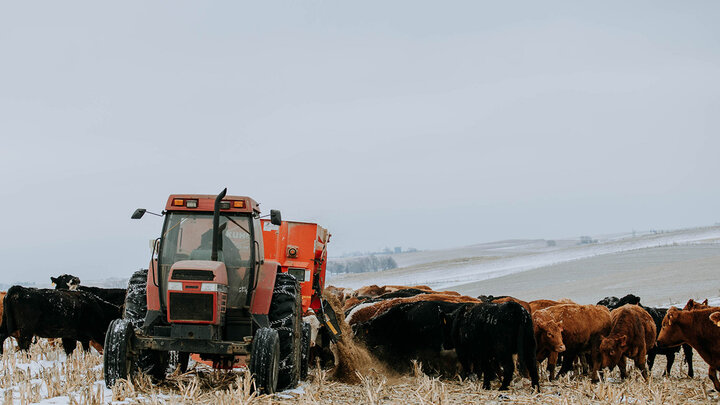In my work with agricultural families, I’m seeing a growing and difficult reality: many farms and ranches today don’t have a successor within the family. While this absence can simplify parts of estate planning, it often creates deeper, more emotional challenges—especially when legacy and identity are tied to the land.
This is the second installment in a series designed to support farm and ranch owners facing this crossroads. In the first article, I addressed the emotional side of succession without a related heir. If you haven’t read it, I encourage you to go back—grief and uncertainty often block people from planning ahead.
Once you’re emotionally ready to begin planning, the most important question to ask yourself is: “What do I want to happen to my farm or ranch business when I die?”
I emphasize business because planning isn’t just about distributing property like land, equipment, or cattle. Your true legacy may lie more in the values, knowledge, and opportunities you pass on than in the physical assets themselves. Before reading on, take a moment to write down your answer.
Here are three typical responses I hear from owners in this situation. In each case, “my heirs” can also mean a nonprofit, church, conservation group, or other entity:
- “I want my assets to be sold, and the proceeds distributed to my heirs.”
- “I want my heirs to keep and own this land.”
- “I want someone to continue the operation—not just sell it to the highest bidder.”
Your answer determines your next step: an estate plan, a transition plan, or both.
If your answer resembles #1: You’re focused primarily on an estate plan, which outlines how your assets should be handled after death. The benefit of this option is that you can make detailed decisions ahead of time — what gets sold, how proceeds are divided, and how taxes and legal issues are addressed.
If your answer is like #2: You’ll need both an estate plan and a transition plan. An estate plan will ensure the land ends up in the hands of your heirs, but a transition plan prepares them for ownership. This may include establishing ownership structures, teaching lease and contract negotiation, or helping them understand marketing and land management. Keep in mind, if your heirs aren't involved in agriculture, the land may eventually be sold — especially if multiple heirs can’t agree on how to manage it.
If you relate most to #3: You’re likely looking for a non-family successor — perhaps a long-time employee, your current tenant, or a local young producer eager to carry on the work. This path is the most complex, requiring both a solid estate plan and a carefully thought-out transition plan. It involves identifying the right person, mentoring them over time, and gradually transferring responsibility. When done well, it’s incredibly rewarding — for both parties — but it does take time, trust, and careful legal planning.
In future articles, I’ll dig deeper into the practical steps for each path: drafting essential legal documents, identifying potential successors, and using tools that can ease the transition.
Farm and ranch succession without a family heir is never easy, but it can be done thoughtfully, intentionally, and with your legacy in mind. As we continue this series, your feedback and questions will help shape where we go next.
Other articles in this series
- Part 1: Embracing Change and Coping with Loss
- Part 2: The Question (this article)
- Part 3: Advisory Team
- Part 4: Everyone Needs These Documents
- Part 5: 7 Common Concerns
- Part 6: Leasing Land to Non-Related Parties
- Part 7: Option-to-Buy Agreements with Non-Related Parties
- Part 8: Right of First Offer and Right of First Refusal
- Part 9: Selling Assets During Life




